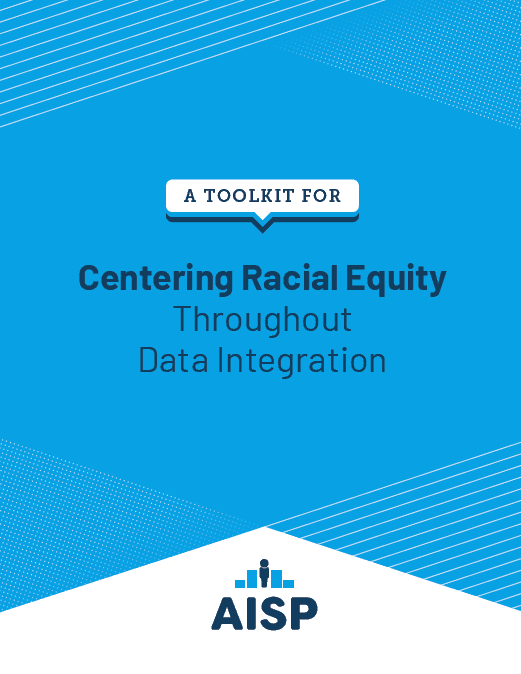
To address this issue, the administration can take the following steps: Currently SDBs can certify either through official processes such as the Small Business Administration’s 8(a) program or self-certify. One barrier to participation is the certification process. 13 The Biden administration should equip minority-owned businesses with the ability to better compete for federal contracts. 12 According to SBA data as of December 2021, there are just 4,237 small businesses active in the 8(a) program, which provides development opportunities to certified SDBs through training and technical assistance. Historically, SDBs have struggled to win contracts due to strict requirements, limited capacity, lack of previous contract wins, and decentralized processes.

The Small Business Act mandates that at least 5 percent of contract dollars go toward SDBs, 10 and the Biden administration has increased its goal from 10 percent to 15 percent by 2025. 6 And SDBs 7-small businesses with 51 percent ownership by someone or multiple people who are socially 8 and/or economically 9 disadvantaged-account for 11 percent of total federal contract dollars. 4 Small businesses 5-defined by a threshold within each industry of the number of employees and average annual receipts-account for 27.2 percent of total federal contract dollars. 3 The federal government is the largest purchaser of goods and services annually, with the fiscal year 2021 total amounting to $600 billion. Today’s racial wealth gap remains persistent, with median wealth of white households more than seven times larger than that of Black households-and five times larger than that of Hispanic households. To advance its goal of narrowing the racial wealth gap through procurement, the Biden administration should focus on small disadvantaged business (SDB) certification, the newly codified Minority Business Development Agency (MDBA), and equitable procurement policies related to the recent trio of economic investments in infrastructure, climate, and semiconductor manufacturing. Leverage procurement policies to help close the racial wealth gap

Supporting equitable rural development through technical assistance and outreach to rural communities and developing outcome-based metrics.Increasing engagement with underserved communities through new tools, resources, funding requirements, and removal of barriers.



 0 kommentar(er)
0 kommentar(er)
